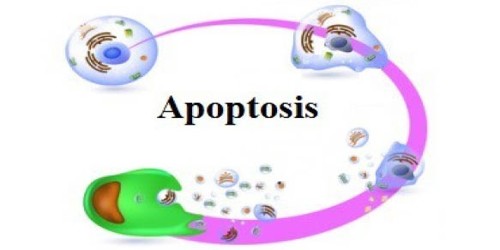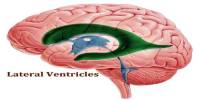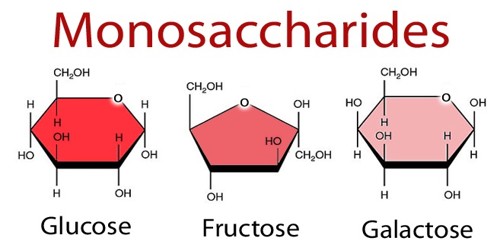Apoptosis is the controlled death of a cell. It is a form of programmed cell death, or “cellular suicide”. It plays an integral part in tissue development. During limb development in a fetus, apoptosis allows body digits (fingers and toes) to separate from each other. The rate of apoptosis should be balanced by the rate of cell production via mitosis. It is different from necrosis, in which cells die due to injury.
Discovery
The phenomenon of programmed cell death was first described by Carl Vogt in 1842. However, it was only in 1965 that John Foxton Ross Kerr researched the idea extensively. Using electron microscopy, he was successfully able to distinguish between necrosis and apoptosis. He then joined the research team of Professor Currie and Andrew Wyllie who, in 1972, published a report on their findings in the British Journal of Cancer. They used the term “apoptosis” as used by Hippocrates to mean “bones falling off”.

A sequence of events in apoptosis
Apoptosis removes cells during development, eliminates potentially cancerous and virus-infected cells, and maintains balance in the body. When a cell dies by apoptosis, the surrounding tissue is not harmed.
- Enzymes break down the cytoskeleton of the cell.
- Cytoplasm becomes dense, with organelles tightly packed.
- Cell surface membrane forms “blebs”.
- Chromatin condenses and the nuclear envelope breaks. DNA breaks into fragments.
- The cell breaks down into vesicles, taken up by phagocytosis.
Controlling the cell cycle
Apoptosis is the normal end of a cell’s life. It plays a critical role during normal development and homeostasis of adult tissues. The amount of apoptosis that occurs in developing and adult animal tissues can be astonishing. At any point in time, there may be too many cells in one area, and the DNA coding for apoptosis will activate in some of those cells and they will die safely. This is important to the overall functioning of the organism. If, for example, the making of liver cells were to speed up and they never died, the liver would no longer function properly. The liver cells would eventually take over the organism’s body. A sequence of events results in the elimination of the damaged cells.
Information Source:
















